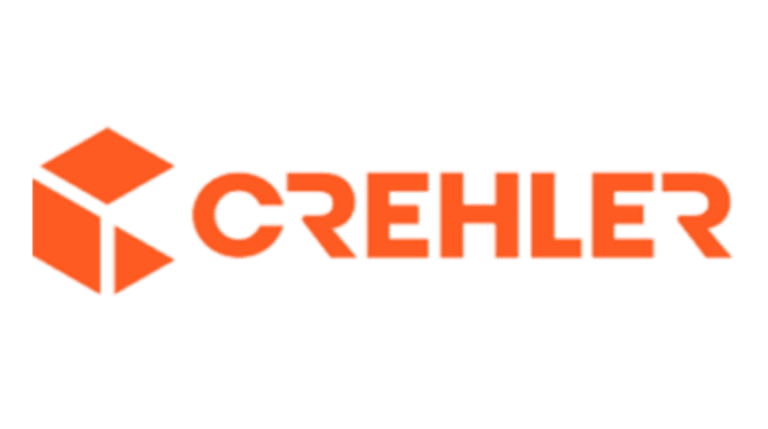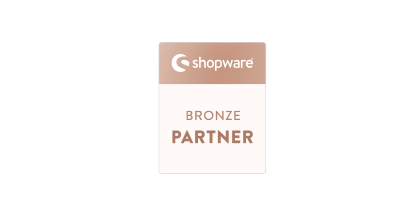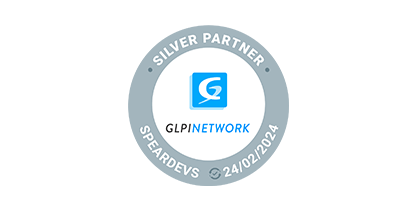Web development can be a bit tricky. You’ve got multiple paths, tools, and frameworks to choose from. One standout framework that developers swear by is Symfony.
But what makes Symfony such a popular choice? Let’s dive in and find out.
What is Symfony?
Symfony is a PHP framework designed to help developers create web applications more efficiently.
It’s known for its flexibility, scalability, and features that can handle complex projects. Whether you’re building a small website or a large enterprise application, Symfony could be a good choice.
Why choose Symfony in web development?
Flexibility and modularity
Symfony’s modular architecture allows you to pick and choose the components you need. This flexibility means you can use Symfony for a wide range of projects, from simple websites to advanced systems.
Reusable components
One of Symfony’s standout features is its reusable components. You can use these components independently in any PHP project, saving time and effort in development.
Strong community support
Symfony has a large, active community that contributes to its continuous improvement. This means regular updates, extensive documentation, and plenty of tutorials to help you along the way.
Built-in best practices
Symfony comes with built-in best practices for coding standards, security, and performance optimization. This ensures that your web applications are not only efficient but also secure and maintainable.
Get Started with Symfony
Step 1: Install Symfony
To get started with Symfony, you’ll first need to install it. You can do this using Composer, a dependency manager for PHP.
composer create-project symfony/skeleton my_project_name
This command will create a new Symfony project in a directory named my_project_name.
Step 2: Set up your environment
Next, set up your development environment. Symfony works well with tools like Docker, making it easy to create a consistent environment across different systems.
Step 3: Start building
With Symfony installed and your environment set up, you can start building your application. Symfony’s intuitive structure makes it easy to organize your code and manage your project.
Key features of Symfony
Twig templating engine
Twig is Symfony’s default templating engine. It’s fast, secure, and flexible, allowing you to create dynamic web pages.
Doctrine ORM
Doctrine ORM (Object-Relational Mapping) is a tool for managing database interactions. It simplifies the process of working with databases, allowing you to focus on building your application.
Event Dispatcher
Symfony’s EventDispatcher component allows you to create an event-driven architecture, making your code more modular and easier to maintain.
Routing
Symfony’s Routing component helps you define the URL structure of your application. It maps URLs to specific controller actions, making it easy to manage your application’s navigation.
Best practices for using Symfony
Follow the documentation
Symfony has extensive documentation covering everything from installation to advanced features. Make sure to follow it closely to get the most out of the framework.
Use bundles wisely
Bundles are the way Symfony organizes code. While it’s tempting to use bundles for everything, try to keep them focused on specific functionalities to maintain a clean architecture.
Leverage the community
Don’t hesitate to seek help from the Symfony community. Whether you’re stuck on a problem or looking for best practices, the community is a valuable resource.
Summary
Symfony is a powerful and flexible framework that can streamline your web development process. With its reusable components, strong community support, and built-in best practices, Symfony helps you build robust and scalable web applications. Whether you’re an experienced developer or just starting out, Symfony is a tool worth exploring.
GET IN TOUCH
Whether you need a custom web app or expert guidance on leveraging Symfony’s power, our team is here to help.
Contact us today to discuss your needs
Symfony in web development FAQs
What is Symfony used for?
Symfony is used for building web applications. Its flexibility and reusable components make it suitable for projects of all sizes.
Is Symfony free?
Yes, Symfony is an open-source framework, meaning it’s free to use and distribute.
How does Symfony compare to other PHP frameworks?
Symfony has a steeper learning curve compared to some other frameworks, but it offers more advanced features and better scalability.
Can I use Symfony with other technologies?
Absolutely! Symfony’s modular nature allows it to integrate with various technologies and libraries, making it a versatile choice for web development.























